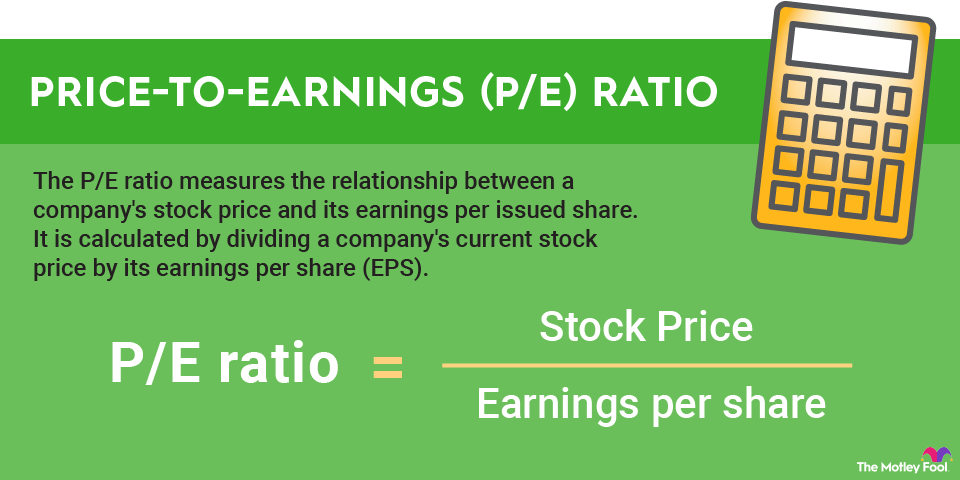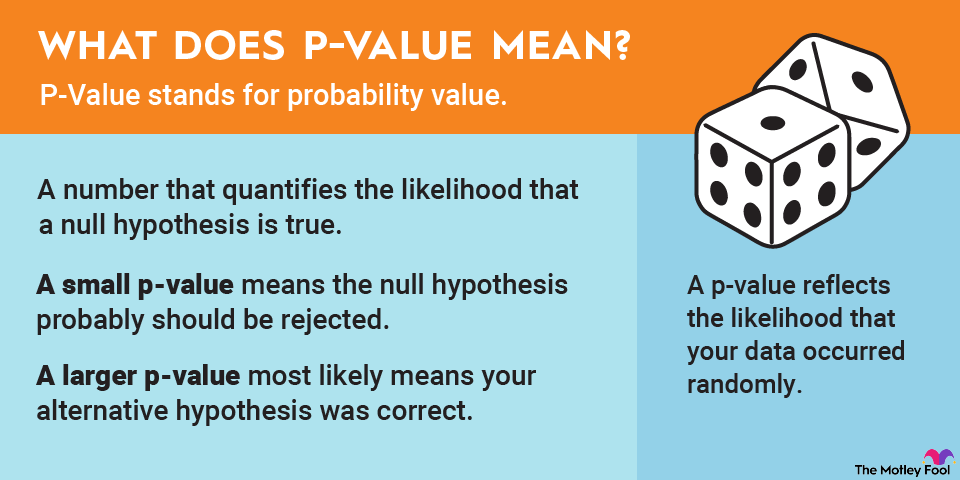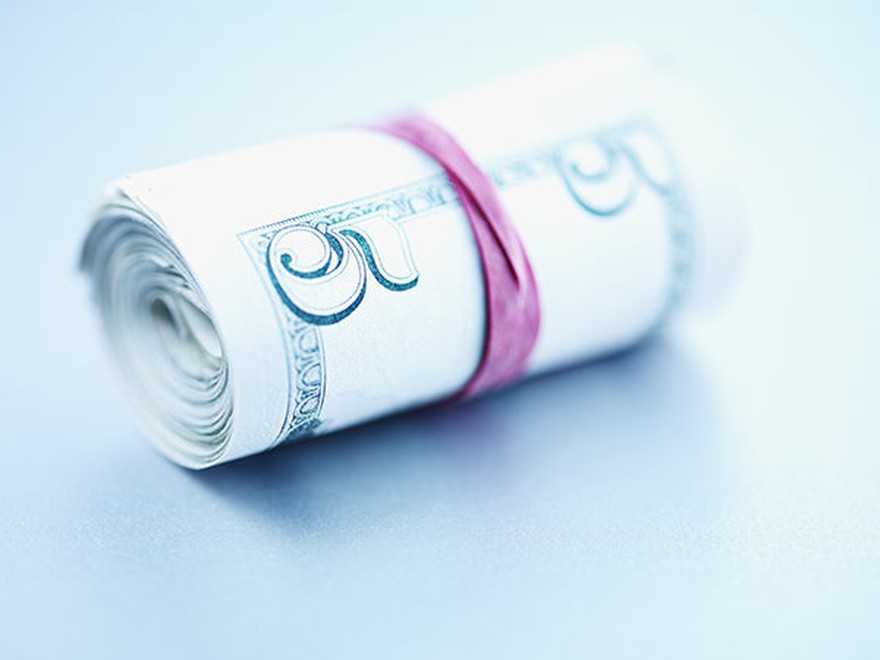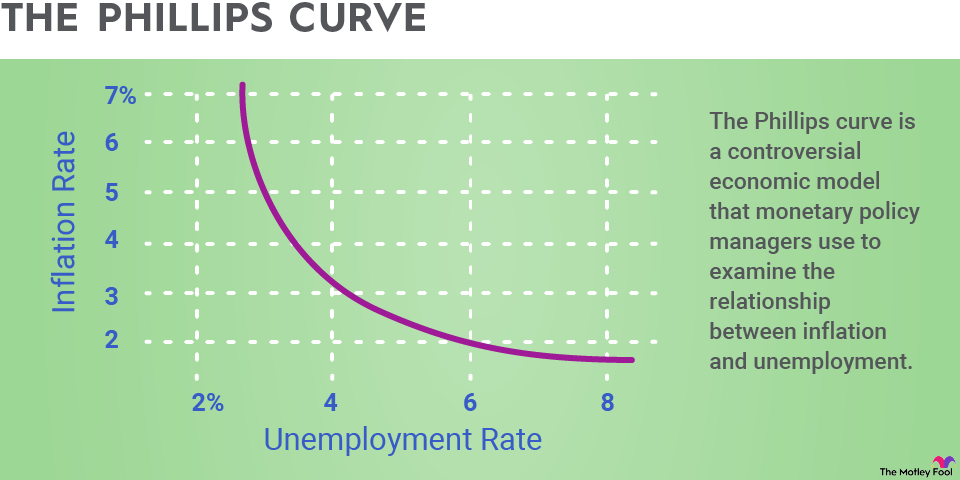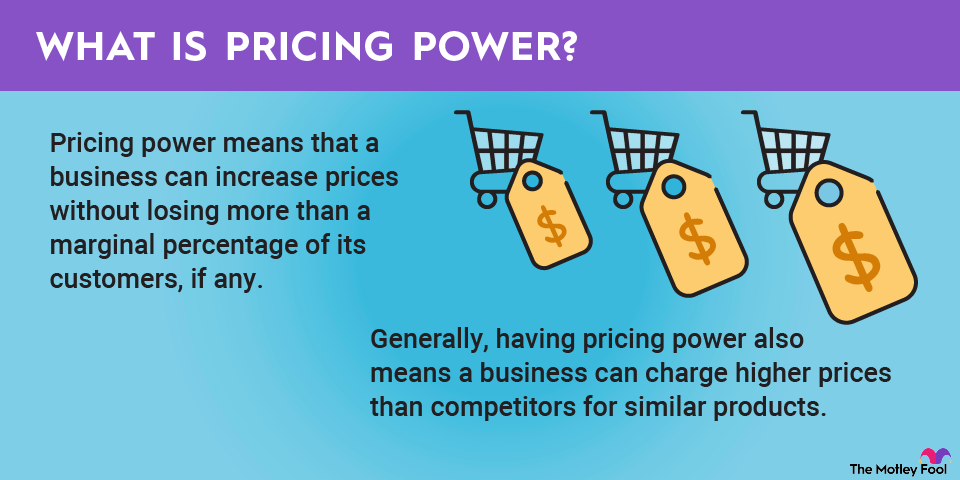
How do pink sheet stocks work?
The process of buying and selling pink sheet stocks through a brokerage platform is generally similar to buying and selling stocks that are listed on major exchanges. But some key differences impact trading flexibility and total returns.
Many brokerages have moved to commission-free trading for stocks listed on major exchanges, but most still charge fees for OTC trades. Investors also don't have the option to enter buy or sell market orders for pink sheet stocks. That means you can't simply have your bid matched to the current asking price or vice-versa. Instead, you typically have to submit a limit order, and, in the process, manually enter your desired purchase or sale price.
Advantages and disadvantages of pink sheets
The table below outlines some pros and cons to consider before buying and selling pink sheet stocks:
Advantages | Disadvantages |
|---|---|
The pink sheets market provides access to a wider range of stocks.
Companies that can't or don't want to list on a major exchange can make their stock available to investors.
For investors with high risk tolerances, volatility and low-dollar-value share prices create the potential for big gains. | Many pink sheet stocks offer little or no visibility into the operations and accounting of the underlying business.
Low trading volumes.
Trading commission fees.
Volatility and elevated risk profiles of pink sheet companies can generate huge portfolio losses. |
Pink sheets and penny stocks
There's a fair amount of overlap between pink sheet stocks and penny stocks. Many penny stocks (shares that trade for $5 or less) are pink sheet stocks, though pink sheet stocks also include higher-priced shares that don't meet regulatory requirements for trading on an exchange. Still, many pink sheet stocks are penny stocks themselves.
The key distinction is that "pink sheets" refers to how a stock is traded (over-the-counter). "Penny stocks" refers to the share price of a given company (less than $5 per share).
While most penny stocks are considered speculative, not all pink sheet stocks are speculative. There are a variety of reasons why a company may trade off the exchange; many companies that trade over-the-counter are financially sound.
The pink sheets don't have particularly stringent regulatory requirements, which explains why you'll find penny stocks listed there. A lack of reporting standards makes investing in pink sheet stocks a risky endeavor. It's also why you'll find a large population of penny stocks as part of the pink sheet roster.
When can I buy pink sheet stocks?
Pink sheet stocks can usually be traded from Monday through Friday between 6 a.m. and 5 p.m. ET. This window differs from those of the major U.S. exchanges, which are open between 9:30 a.m. and 4 p.m. ET on weekdays.
Is there a difference between pink sheets and OTC?
Stocks that trade over the counter are broadly referred to as "pink sheets," but the term technically has a more specific meaning. All pink sheet stocks trade over the counter through dealer networks. But not all OTC-traded stocks are listed by OTC Markets Group, the publisher that originally used pink sheets.
Companies that adopt a certain set of regulatory and reporting standards are listed by the Over the Counter Bulletin Board (OTCBB) system, while companies that adhere to a stricter set of standards can list through the OTCQX. While stocks that trade over the counter are broadly referred to as "pink sheets," the risk profiles of these stocks can vary greatly.
Related investing topics
Should you invest in pink sheet stocks?
Are there legitimate pink sheet stocks? Sure. Some companies simply aren't big enough or find it impractical to list on the Nasdaq or the NYSE. But, with the notable exception of major foreign companies for which there is substantial information available elsewhere, it's generally a good idea to avoid investing in any public company that lacks financial disclosure requirements.
The Motley Fool's investing approach embraces and champions potential investment opportunities with high-quality, trustworthy foreign companies that trade OTC. But we avoid pink sheet stocks that do not meet reasonable reporting and accounting standards and recommend that investors exercise a high level of caution with pink sheet companies.

